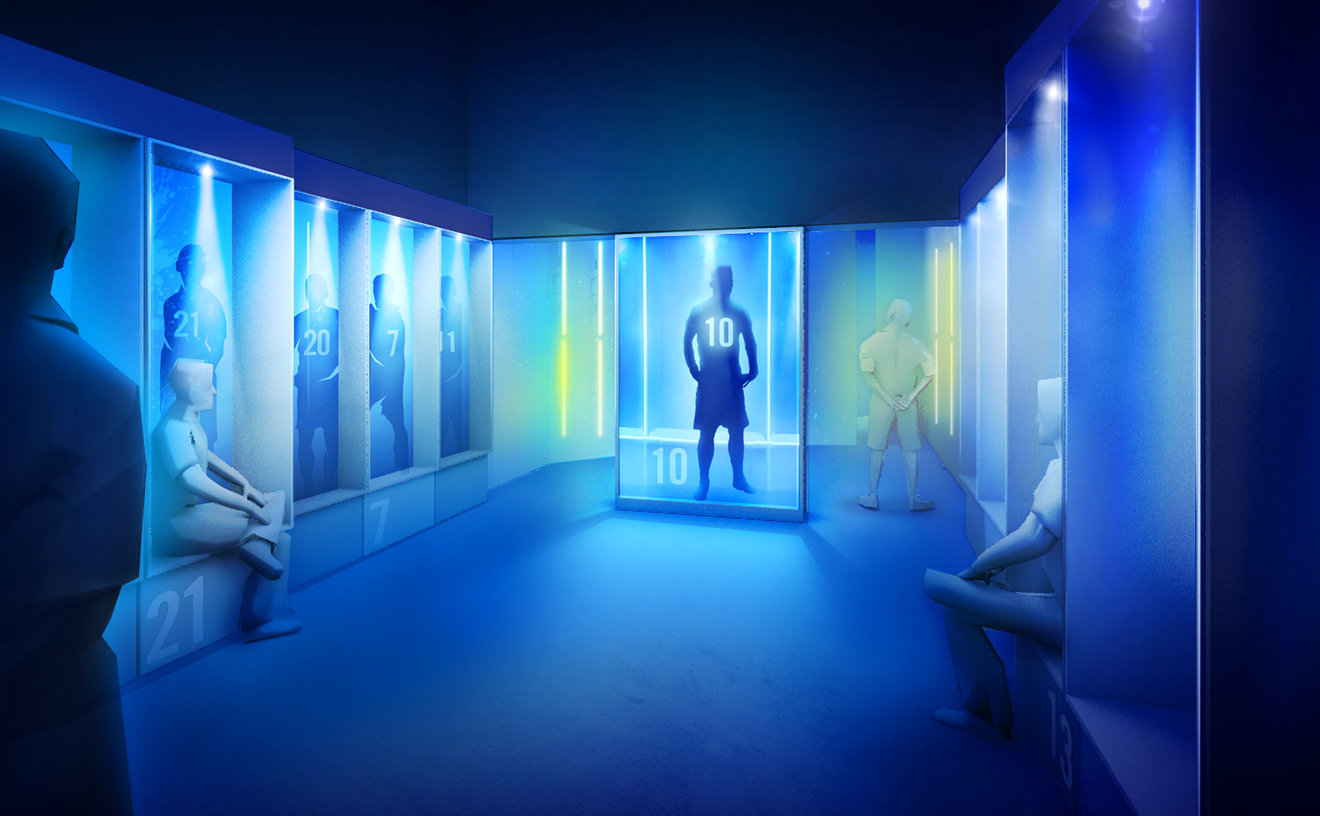Honduran artist Alma Leiva is no stranger to the crime and violence that has made her homeland one of the most dangerous places on the planet.
In fact, the New World grad typically creates installations, videos and multi-media art works that reference the cycle of terror leading many of the average citizens of Honduras and Central America to barricade themselves in their homes to keep safe from the crime ravaging the city streets outside their windows.
This Saturday night at 7 p.m. Leiva is opening "En la celda" (Inside the Cell), a site specific installation at Little Havana's alternative space, 6th Street Container. She creates an environment evoking the sense of political and social instability rocking her birthplace due to gang related crimes, drug cartels and post war violence.
Cultist caught up with Leiva as she was installing her prison cell environment at the modest alt space where she spoke to us about the inspiration behind her work and about an uncle who was murdered in front of his family after returning home from a soccer game.
New Times: Your work deals with violence in your native Honduras and throughout Central America. How often do you travel back home? What are the causes of the violence and crime in the region? Can you tell us about your recent project filming average citizens living behind bars not unlike prisoners in their own homes?
Alma Leiva: Yes, I try to go there at least once a year. Last year I went for three weeks to work on a project called "outside the cell"... The city of San Pedro Sula in Honduras, where I was born, is right now the third most violent city in the world.
A few years ago gang rivalry crimes were considered one of the main causes of violence, however now with the war against drug cartels in Mexico, "the business" has moved to Honduras and Guatemala.
Mara members are now operating in conjunction with organized crime. We also have the increasing crimes against the gay community, kidnappings, and the murder of fifteen journalists as well as of members of the resistance after the 2009 military coup.
Most of the assassinated journalists were either investigating cases related to organized crime or denouncing human rights violations against citizens at the hands of the government and military.
I went back to Honduras two months after the coup, when I saw how tense the situation was I decided to stay, take notes and that's when I thought of "Outside the Cell". In 2010 I went back to photograph the way in which citizens lived. Their preoccupation with safety measures was evident in the way in which they built their homes; like cages. Everywhere I went and found someone to interview, it was through bars. Somehow these conditions made me feel alienated. It was as if the bars were a metaphor for the wall of mistrust and fear that inevitably results from living in extremely violent societies.
Can you tell us a little about your art making process?
My art making process involves a lot of investigation, for one thing, and then weeks in the studio building walls, windows, working with fabrics and photos, video projections etc. When I feel that the environment I created is complete I experiment with lighting and photograph the installation until I get an image I'm pleased with.
You are a New World Grad. How does living in Miami inform your work or does it play a role at all?
Yes I graduated from New World in 2007...Miami has always been my inspiration... Latinos!! I mean growing up in a poor neighborhood in Miami and attending a high school where we had shootings and dead students, was one of my main inspirations to do the work I do...
You have exhibited regularly in important galleries here and elsewhere and are preparing for some art residencies in Europe. Can you tell us about these and also why you are exhibiting now in a modest alternative space in Little Havana?
I'm preparing to leave next month to Vermont Studio Center for an artist in residency program, and then to Arteles in Finland to work on and exhibit a project I've had in mind for a while.
I met Adal Delgado,chief curator of the 6th Street Container, a couple of months ago, and he struck me as a man who knows his stuff. I thought the space was perfect for an installation and he is very easy to work with.
I always think that the key to success is to never believe you are there, but to keep thinking you are getting there. Never dismiss an opportunity, whether it is a modest space or a prestigious museum because you don't know what that opportunity might bring you in the future.
What's next for you?
More work...and a big project I'm trying to get funding for, Hopefully I can bring it to fruition next year...
En la celda (Inside the Cell" Saturday, August 20th at 7 p.m. 6th Street Container (1155 SW 6th St. in rear, Miami.) Free to the public. Call 786-587-5279 or visit 6thstreetcontainer.com.
Follow Cultist on Facebook and Twitter @CultistMiami.










